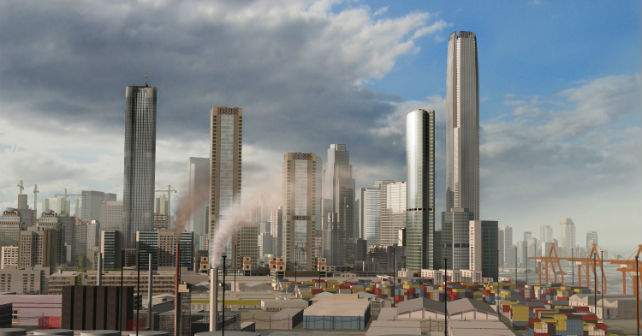The carbon cost of international meetings…

Video conferencing company Codian has done its sums (obviously plugging video conferencing instead of plane travel for meetings)…
Regular weekly, and often daily meetings with participants from multiple international offices meant that Permira’s business driver for high-definition video conferencing from Codian was clear from the start: it needed a cost-effective way to empower virtual teams and individuals to facilitate knowledge transfer.
Sharing market knowledge requires close and frequent collaboration. The need for regular meetings is essential but hopping on a plane is not practical – travel is time consuming, expensive and damaging to the environment.
Using Permira’s frequency of meetings and multinational structure, it is easy to calculate the cost in both CO2 emissions and money. Hypothetically, in a single year, this would cost nearly one million pounds and a whopping 626.6 tons CO2 emissions.
Using Permira’s frequency of meetings and multinational structure, it is easy to calculate the cost in both CO2 emissions and money. For example, seven people fly into London Heathrow, using British Airways Business Class, from five European cities, New York and Tokyo .
The total cost for air travel for one meeting would be around £13,000, add to this the cost of two nights accommodation per participant and the cost shoots up to £17,000. This one meeting would contribute to 12.05 CO2 emissions from the flights alone.
Now, for the sake of this example, let’s say that a meeting takes place once a week, making the total annual cost for travel and expenses £886,028 and a staggering contribution to 626.6 tons of CO2 emissions. These figures relate to a single weekly meeting.They do not take into account road or rail usage, or other ad hoc meetings between fewer participants, nor the costs associated with collaboration between external business partners and customers. Put these into the equation and the cost to the environment goes up.




